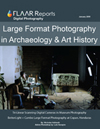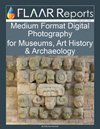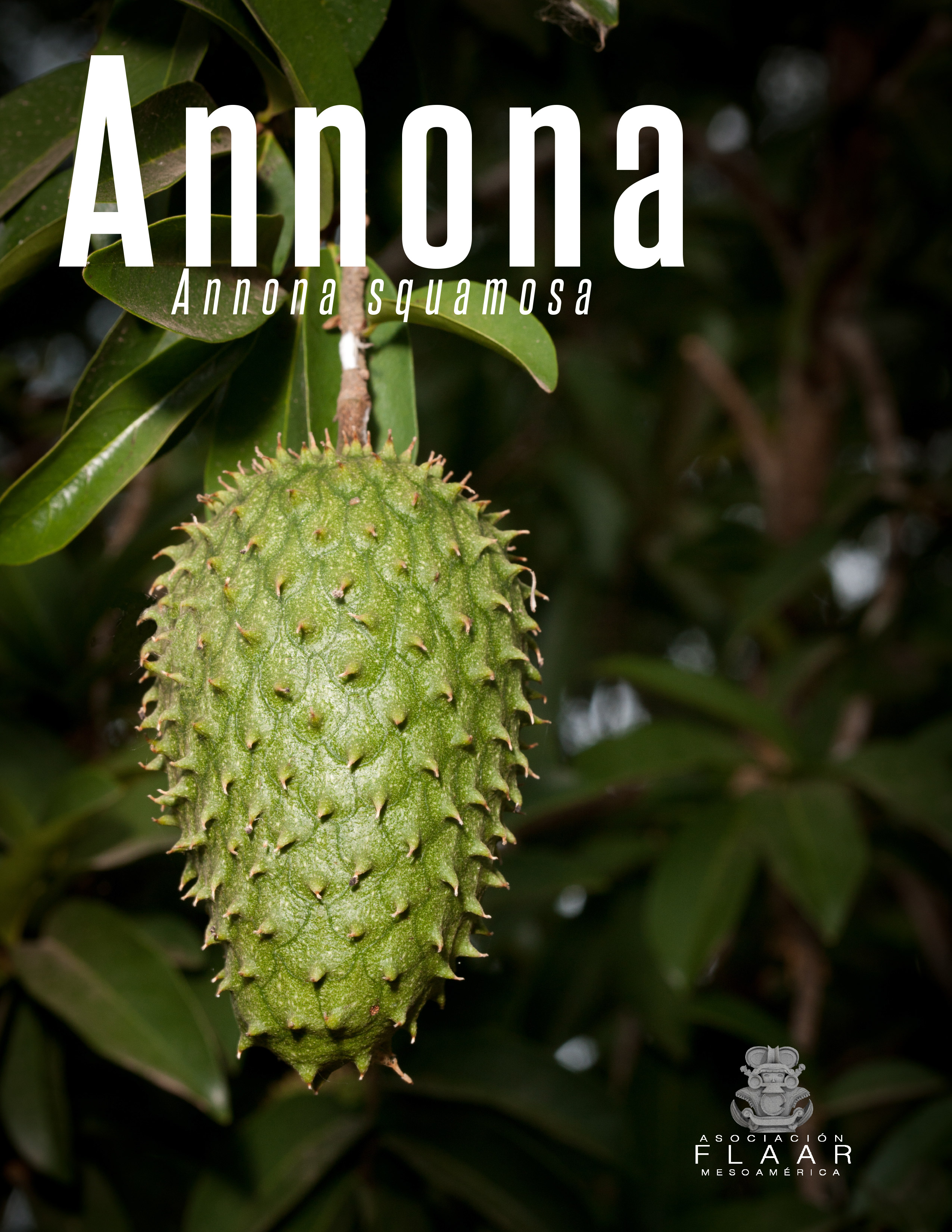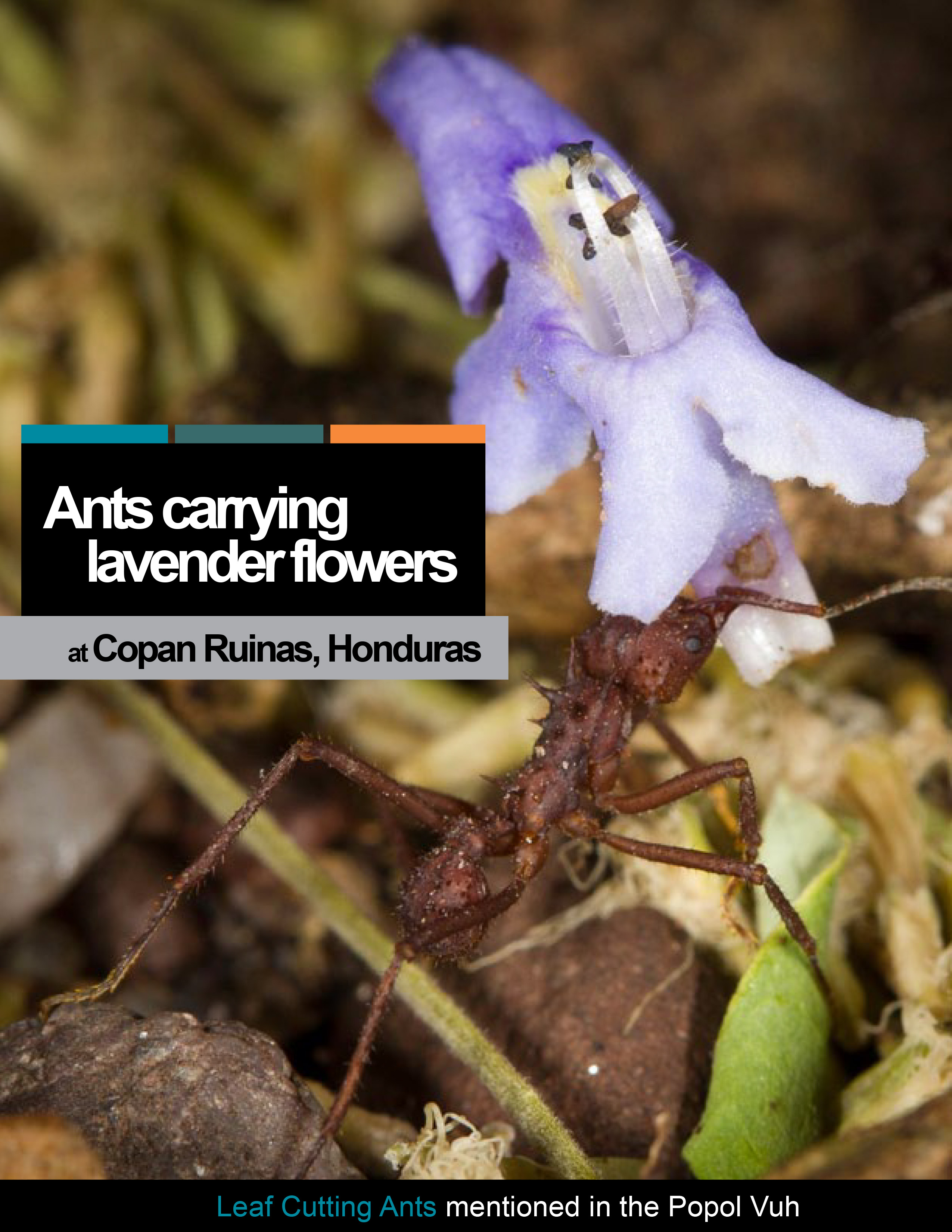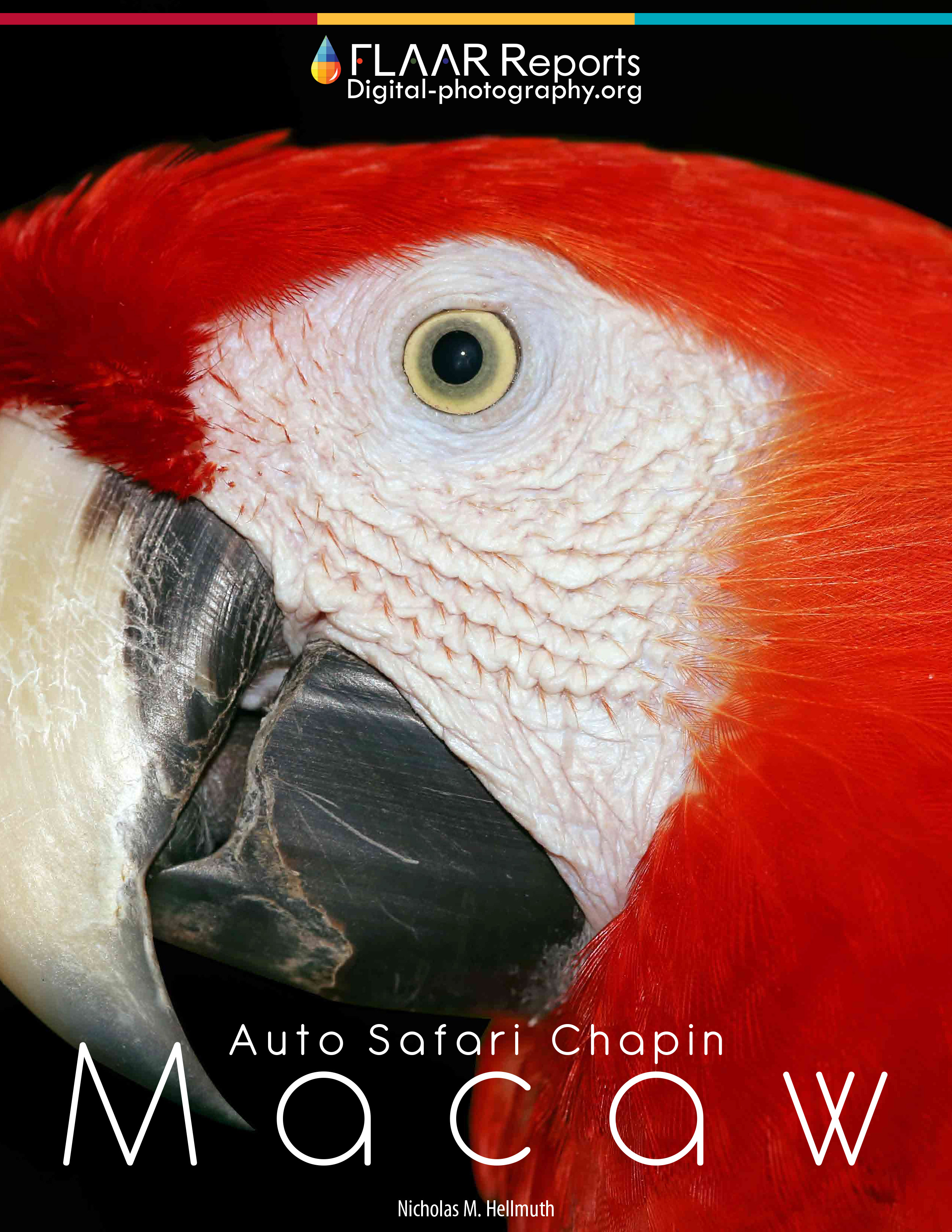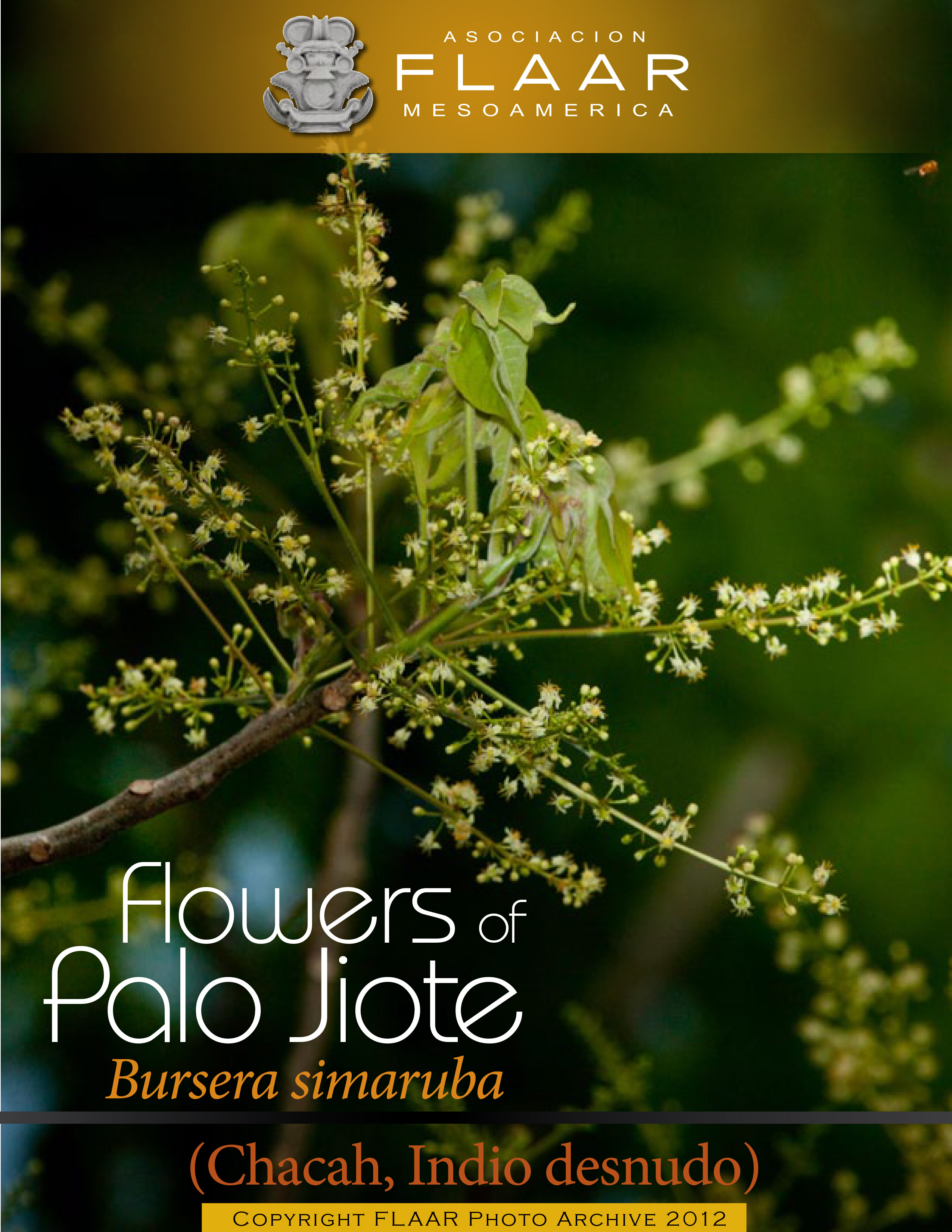The Classic Maya art of Copan is photogenic. Since archaeologists tend to devoite their time and experience to excavating, FLAAR long ago decided to dedicate itself to research on how to improve the photographic recording of archaeological results.
So this section of our web site on Mayan archaeology is featuring QTVR Virtual Reality views of prehispanic artifacts and sculptures from two archaeology museum incuding stunning photos from the Museum. We also offer QTVR panorama of the main ballcourt of Copan.
 |
|---|
Copan Museum | Panoramas Menu | HOME
 |
|---|
Close-up photographs of the impressive sculpture of Copan reveal fascinating detail of this monumental Classic Maya art.
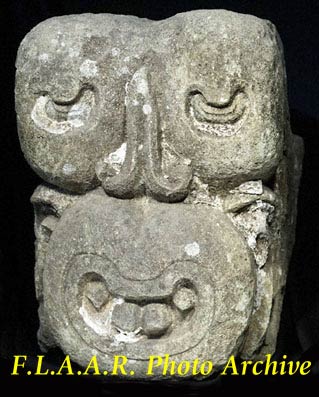 All the QTVR objects here are based on photography about 10 years ago. But FLAAR is still doing photography at Copan, as our note below indicaes. All the QTVR objects here are based on photography about 10 years ago. But FLAAR is still doing photography at Copan, as our note below indicaes. |
Carved stone portrait of a monkey-like creature. This particular arrangement of the eyes and mouth is known as an Ahau. The nose mimics a leaf-nosed bat and a stylized perforator. If you would like to learn what all this means in plain English, why not join Professor Hellmuth at Copan for one of his field trips to Honduras. Send us an e-mail to ask when the next seminar is. FLAAR Maya archaeology excursions to exciting destinations in Central America are open to the general public. These enriching cultural programs are a great way to have an educational vacation in an exotic foreign country. The Copan village has comfortable hotels and a wonderful climate. People are friendly and welcome visitors from around the world.
If you prefer German, we also offer private archaeology programs in this language. Otherwise, language of instruction is English. Email: readerservice@flaar.org |
||
|
|||
FLAAR Continues to do photographic research at Copan
Nicholas Hellmuth visited Copan ruinas for the first time about 1964, at age of about 18 years old. FLAAR was incorporated as a research institute by 1969. In the following decades FLAAR has accomplished several photographic research projects at Copan. In fact many of the posters of IHAH and the local tourism department are photographs taken by Nicholas and donated to INAH.
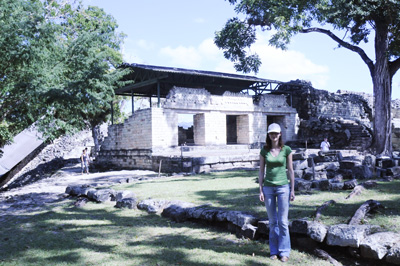 |
|
Volunteer Tina Kosir in Copan Ruins
|
Our most recent photographic project at Copan was during December 2008, with student volunteer Tina Kosir from the University of Ljubljana, Slovenia. She is doing her thesis on 3D scanning and 3D reproductions of ancient art. Although her thesis will be on 3D scanning of Roman provincial art from Slovenia, FLAAR is interested in working with students who have experience in 3D imaging, especially of artifacts (sculptures) and of architecture.
This page most recently updated October, 2020.
Previously updated June 22, 2009.





